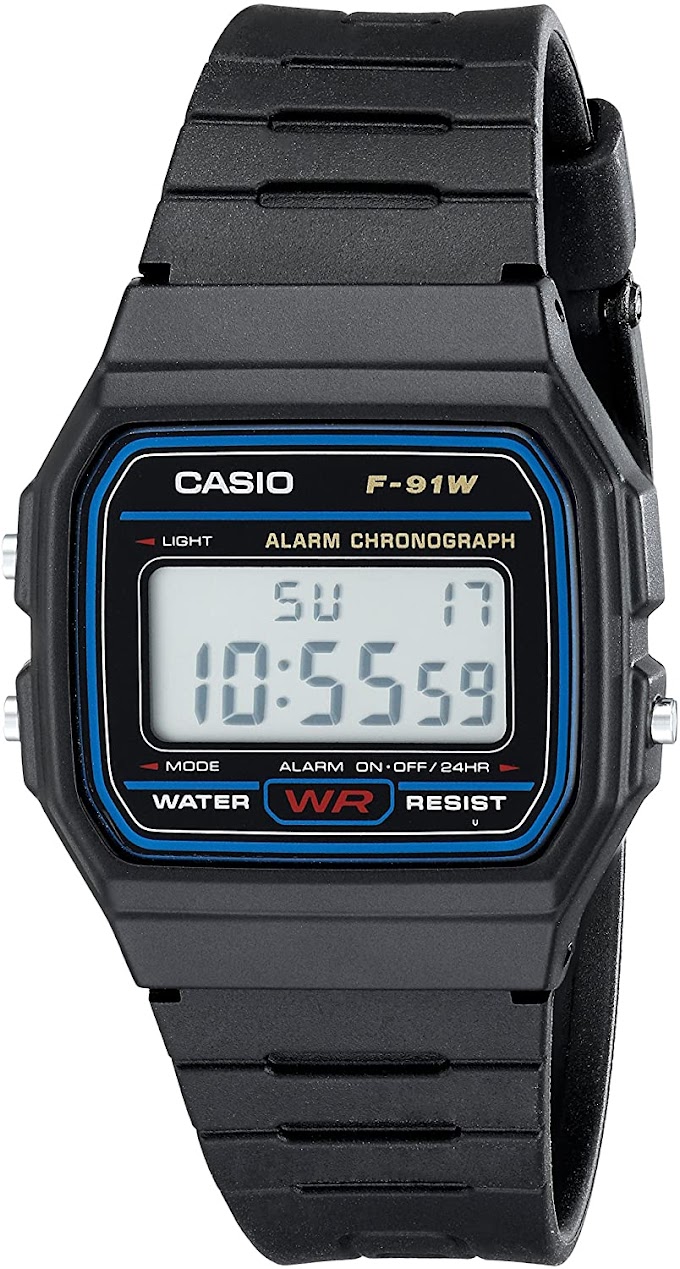It is not a good sign if you do not brush. But we're not here to shame you; we are here to advise you. You all probably be throwing your current toothbrush before you finish reading this article.
But why because brushing your teeth has likely become a regular activity for you. Wake up, brush; get ready for bed, brush. You owe it to yourself to keep a closer eye on your teeth brushing routine. Namely, the status of your toothbrush. If your brush is not clean, how can you expect it to shine your teeth effectively? According to the American Dental Association (ADA), you should change your toothbrush (or electric toothbrush head) every three to four months. That is if you use it morning or night, which we hope you do. Think about your toothbrush as a sessional item.
Dentist Keith Arbeitman tells Business Insider another fundamental proof that your toothbrush needs to head to the trash: "Once the fibers start to bend, you are not really cleaning as effectively." Arbeitman also suggests just irregularly moving your tongue across your teeth. If you do not feel like your pearly white teeth are as polished as usual, your brush probably is not working well.
.
You might think this seems all a little funny. Three months is not a very long time, after all. Literally. According to a 2015 study, toothbrushes in public bathrooms can become infected with fecal matter. Having your toothbrush around other people's contaminants is a dangerous thing, according to Lauren Aber, MHS, one of the research authors. Surprisingly, this is not such a big deal when you live alone. The problem happens when the fecal matter is from someone else because it "contains bacteria, germs or fungi that are not part of your normal plants."
The most logical explication is a toothbrush cover, correct? Well, they are not actually all that effective. "Using a toothbrush cover does not guard a toothbrush from bacterial growth, but actually creates an environment where bacteria are better suited to grow by keeping the fibers moist and not allowing the top of the toothbrush to dry out between uses," Aber said. A 2007 study confirms this. Besides regular replacing, a good way to protect your uncovered toothbrush from unwanted bacteria is easy: Just stand it upright. "If you stand a toothbrush up and make it dry between uses," Arbeitman described at Business Insider, "the bacteria are pretty much going to die."





